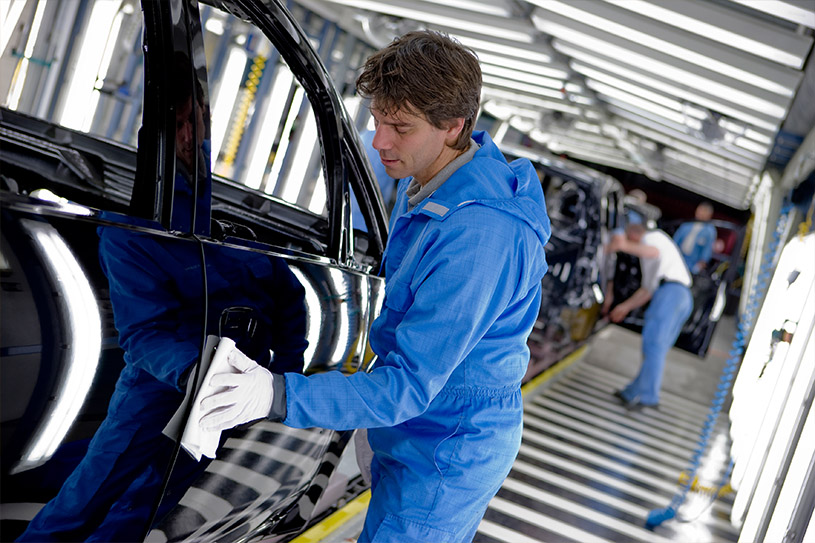The Elements of Effective Clean

In our series of articles on HACCP standards for clean kitchens, we’re speaking with Richard Mallett, Managing Director of the European division of HACCP International, about the most effective ways to ensure a safe, healthy kitchen. In our previous article, we explored the difference between visibly clean and invisibly clean food preparation surfaces – those without the presence of harmful viruses and bacteria. In this instalment, we’ll provide tips to ensure that industrial kitchens are as clean as they possibly can be.
Richard explains that by following a few simple steps, industrial kitchens can significantly reduce the threat of bacterial and viral growth, and thereby ensure the health and safety of their customers and staff.
Scrub it clean The first step in any industrial kitchen clean job is to make surfaces ‘visibly’ clean. A good detergent, hot water and wipes or scrubbing materials are sufficient to emulsify dirt, food particles and stains. Hot water should also be used to rinse away all of the detergent and dirt loosened by this process.
Kill the germs Now that a surface is visibly clean, it’s time for a crucial – yet often neglected – second step: disinfection. Special disinfectants are designed to remove the invisible dangers on clean-looking food preparation surfaces: the viruses and bacteria that cause food-borne illness.
On lightly soiled surfaces, like counter tops, industrial kitchens often use a sanitizer: a chemical that combines the properties of a detergent and disinfectant.. These remarkable chemicals clean and disinfect in one step, making surfaces not only clean, but ‘microbiologically clean’. Sanitizers can also save time and money due to their efficiency. Just remember: sanitizers must be used properly, and have the correct amount of ‘surface contact time’ to be effective. Be sure to read instructions carefully and follow them to the letter.
Colour-code for certainty
While some kitchen surfaces are used for raw food preparation, others may be used for ready-to-eat food. In that case, one of the best controls is a colour-coded cleaning system. By assigning a specific colour cleaning product to each type of surface, kitchens can significantly reduce the chance of spreading raw food bacteria to ready-to-eat areas. Of course, the same holds true for cleaning bathrooms and floors. For each cleaning job, the safest clean comes from a colour-coded wipe used only for that specific job.
Check the work
When the cleaning is over, the next job has only begun. The head chef or kitchen supervisor must be responsible for checking the work and asking the tough questions. Did the person responsible for cleaning take enough time to do the task properly? Were the right materials used? Are the surfaces clean and fully disinfected? Have the procedures been checked and double-checked? Only when the answer to all of these questions is ‘yes’, can the job be truly said to be complete.
Listen to the experts
Food safety legislation and codes of practice have driven industry standards for food preparation areas for good reason: industrial kitchens are a breeding ground for potentially harmful bacteria and viruses. Only by following their advice to the letter – and using the proper products – can kitchen managers be sure that their kitchens are completely clean.

